Think of a word that means more than huge. Colossal? Maybe gargantuan?
Those are both the right idea, but not exactly the tone I’m thinking of here. I’m trying to find a word that includes gravitas and empathy as well as irony, insight, and talent.
“Larry Fink: Hands On, A Passionate Life of Looking”
Published by powerHouse, 2024
Review by W. Scott Olsen
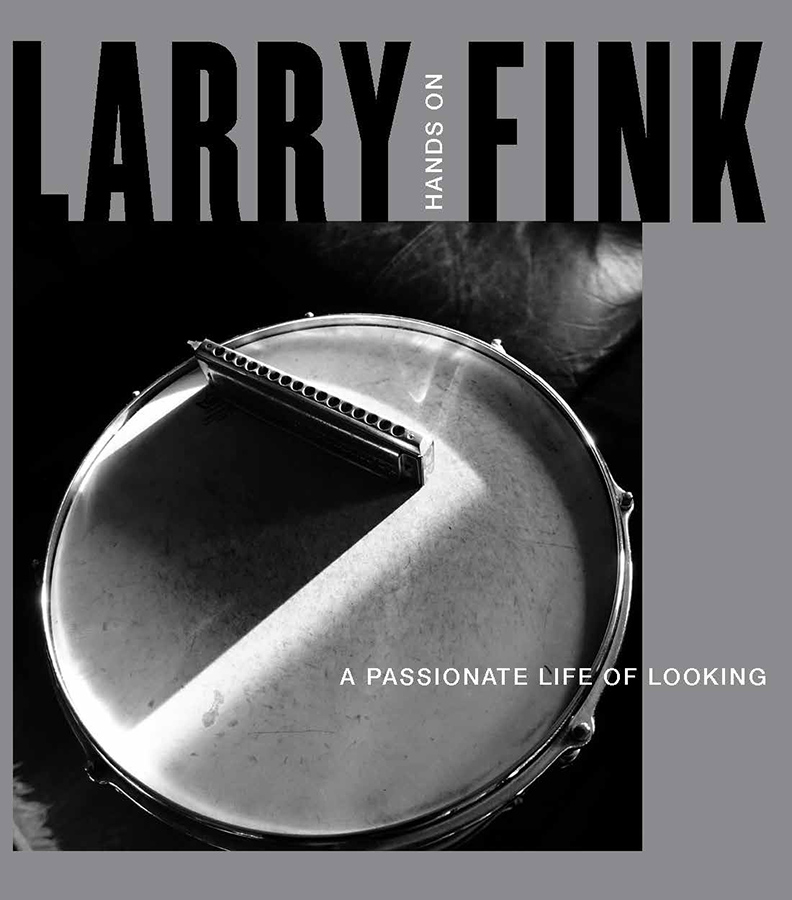
I’m trying to find this word because I have in the office today a very large book. Larry Fink: Hands On, A Passionate Life of Looking. The book is physically large and heavy, yes, but that’s not really what I mean. The book is a retrospective, a gathering of a tremendous career. It deserves to be large.
Fink’s career, which went on for decades, saw his work published in Vanity Fair, W, GQ, The New York Times Magazine, The New Yorker—the list goes on—and produced several books. Fink was one of those photographers who was simply present in conversation, in publication, in the way we think about photography.
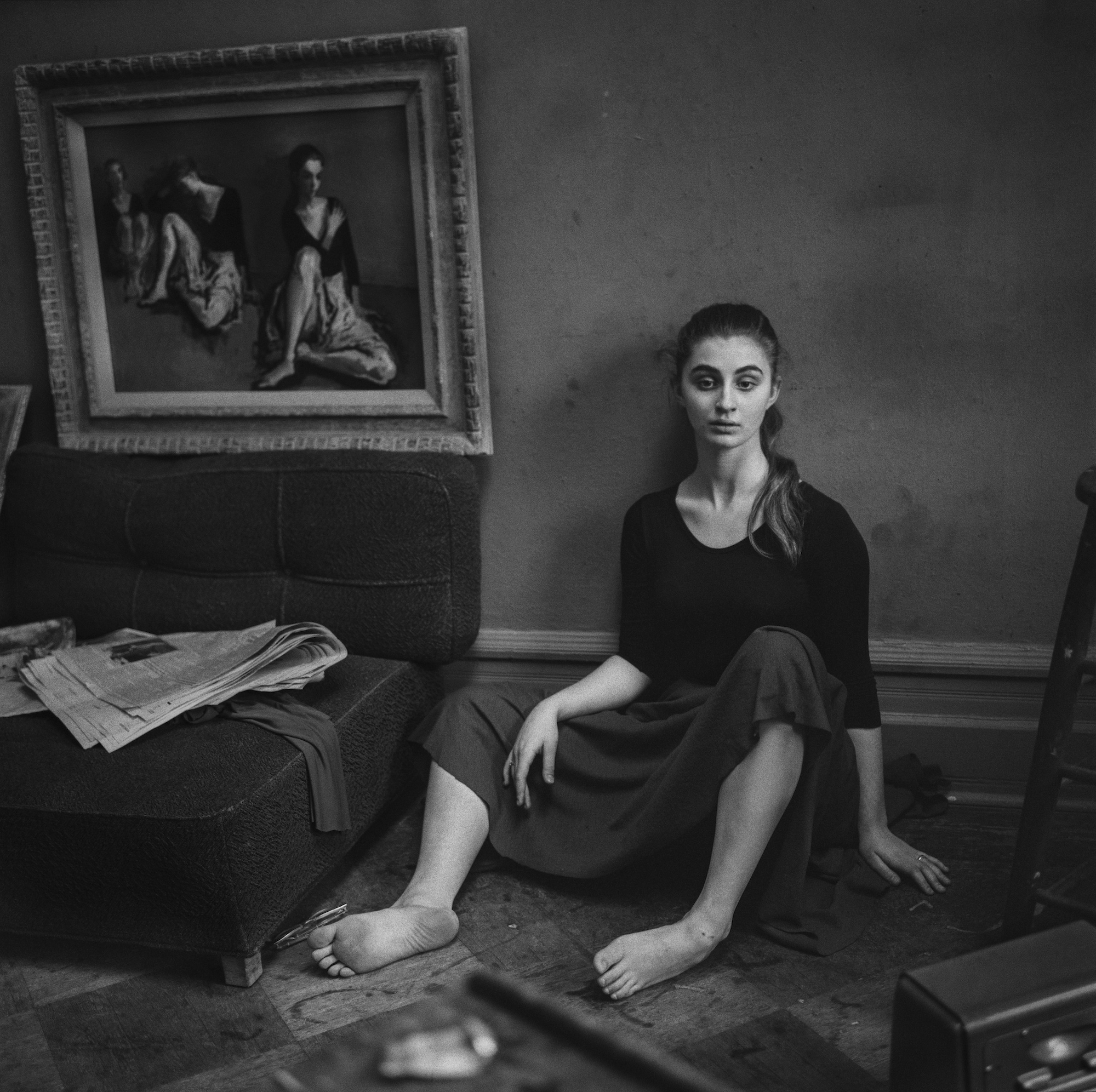
There was something about his images that struck a larger or deeper chord.
Writing about Fink’s photography in the book’s preface, Stephen Shore says:
When some people look at a photograph, they try to apprehend the idea of the picture and then stop reading it. Others take in the look of the image, its style, perhaps the cultural references of that style. They essentially stop at the picture’s surface. Still others move their attention through the surface and read the picture’s content, what’s being described, what connections are made, what perceptions are communicated. Larry goes beyond all this. He perceives the emotional heart of the image. If the photograph is of a person, he perceives the inner state of the subject—or to be more precise, the inner state as presented by a particular picture.

Larry Fink: Hands On, A Passionate Life of Looking is a celebration, a testament. It is a collection that spans the breadth of the career, and so the book itself resists a single engagement or encounter. There are images from the 1940s all the way up to the 2020s. This is a book you dip into, slowly, reverently, and then go away and come back later to dip in at another place. Over time, the weight of Fink’s work begins to sink in. Over time, the appreciation of single image after single image after single image gathers a kind of rolling weight that is both daunting and impressive.
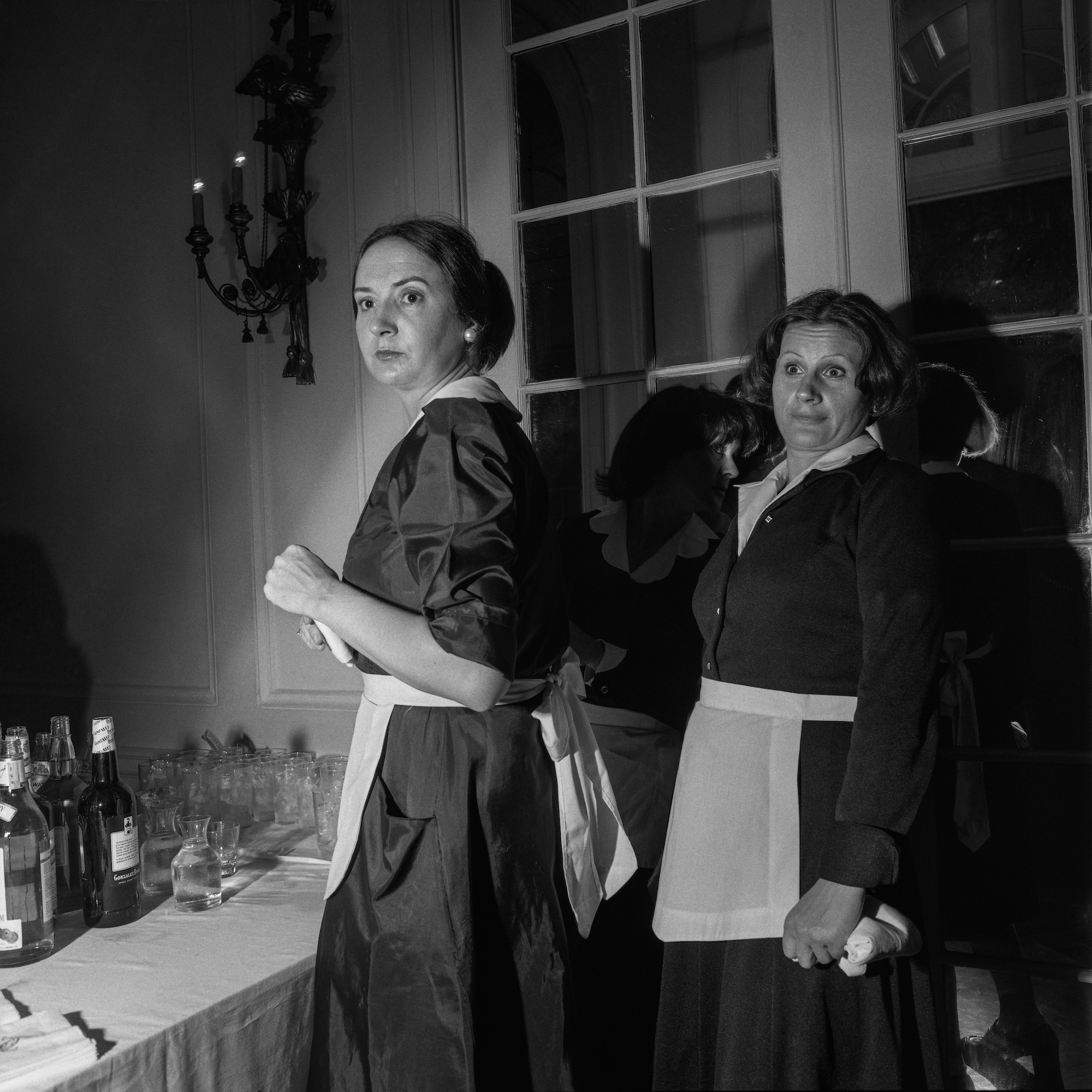
Toward the end of the book, Daniel Power, editor and publisher of powerHouse books, talks about how, when Fink died, he and others got together to produce this collection:
The most creative editing sessions I have ever been part of quickly ensued, and we decided to bring in Larry’s writings (if that is the right word, musings/diatribes/jazz-word-mind-poems are probably more like it), and before we knew it, we had 424 pages of perfection. There was nothing I could have changed or would want to change. This is the book you now have in your hands: it is the most perfect photo book I have ever done.
That is a daunting statement.

Fink’s images are all black and white, all relatively close to his subject. They are both intimate and unsentimental. They are exact. The majority of them are dynamic, kinetic candids of events in motion, whether it be street scenes, Wall Street, Studio 54, loggers in the Pacific Northwest, beat poets, or civil rights encounters. No subject was beyond his appreciation.
Maybe that’s the word I am looking for. Forget size. Fink’s work, and this book, are generous appreciations.
Although very few of the images have anything to do with music or the music world, the energy of jazz is one way to see. In this case, it’s a fine interpretive lens. The book’s interior title page lists “Score by Larry Fink, Overture by Stephen Shore, Exposition by Lucy Sante, Interlude by Graydon Carter and Ash Carter, Coda by Yolanda Cuomo and Daniel Power, Finale by MUUS Collection, Sweet Note by Martha Posner.”

Fink’s photography has a jazzy quality to it, think riffs from the Bop era, and the images are infused with jazz energy and improvisation.
In the essay called “Collisions, Collusions and Illusions,” by Graydon Carter and Ash Carter, we read:
Larry’s niche was whatever happened to me in front of him. His work is unmistakable across all subjects, social classes. and zoological phyla—from debutantes to lumberjacks, pop artists to stockbrokers, matinee idols to praying mantises—for his impeccable sense of timing and composition, his feeling for “the geography of physiognomy” and his openhearted attitude toward what his mentor, the Austrian American photographer Lisette Model, called “the vicissitudes of humanity.”
“Every one of my pictures has something to do with empathy,” Larry told the Smithsonian in his inevitable Beat inflicted idiom. “The person, or the people in the midst of it all, I have to feel them, or feel myself in them, or feel them in myself as we are all related, in some form, in many forms, by our emotions, and by our collisions, and collusions, and allusions and illusions.”
Larry Fink: Hands On, A Passionate Life of Looking is divided into sections. Number one is called Variations. Number two is called Chromatic Chords. Number three is called Dissonance and four is Free Jazz. Within these sections, there are smaller thematic units—a riff on lumberjacks, for example, or a riff on boxers. Fink’s career was long and his appreciations wide.

Larry Fink: Hands On, A Passionate Life of Looking, in terms of its ambition and in its scope, is huge. Retrospective anthologies, while often acts of love, often seem incomplete, due the necessities and limits of publishing. This book, however, is the kind of book you can start anywhere and then realize, no, we’re going to go to the beginning and come to understand the genius and weight of this man’s work.
The essay up front by Lucy Sante called “A Human among Humans,” is an insightful, well-written and nicely detailed aesthetic biography. I suggest people read every word of it, but not first. Dig into this book, understand the tempo and groove, then go back to the beginning and say, Oh, I see. Thank you.
Larry Fink: Hands On, A Passionate Life of Looking will reward the random opening to any page and the appreciation of any image out of context. This book will also reward the more narrative approach, the insightful curation and organization. Like the very best jazz riff, this book is filled with chords we know, bridges we admire, and solos that are astounding.
A note from FRAMES: Please let us know if you have an upcoming or recently published photography book.

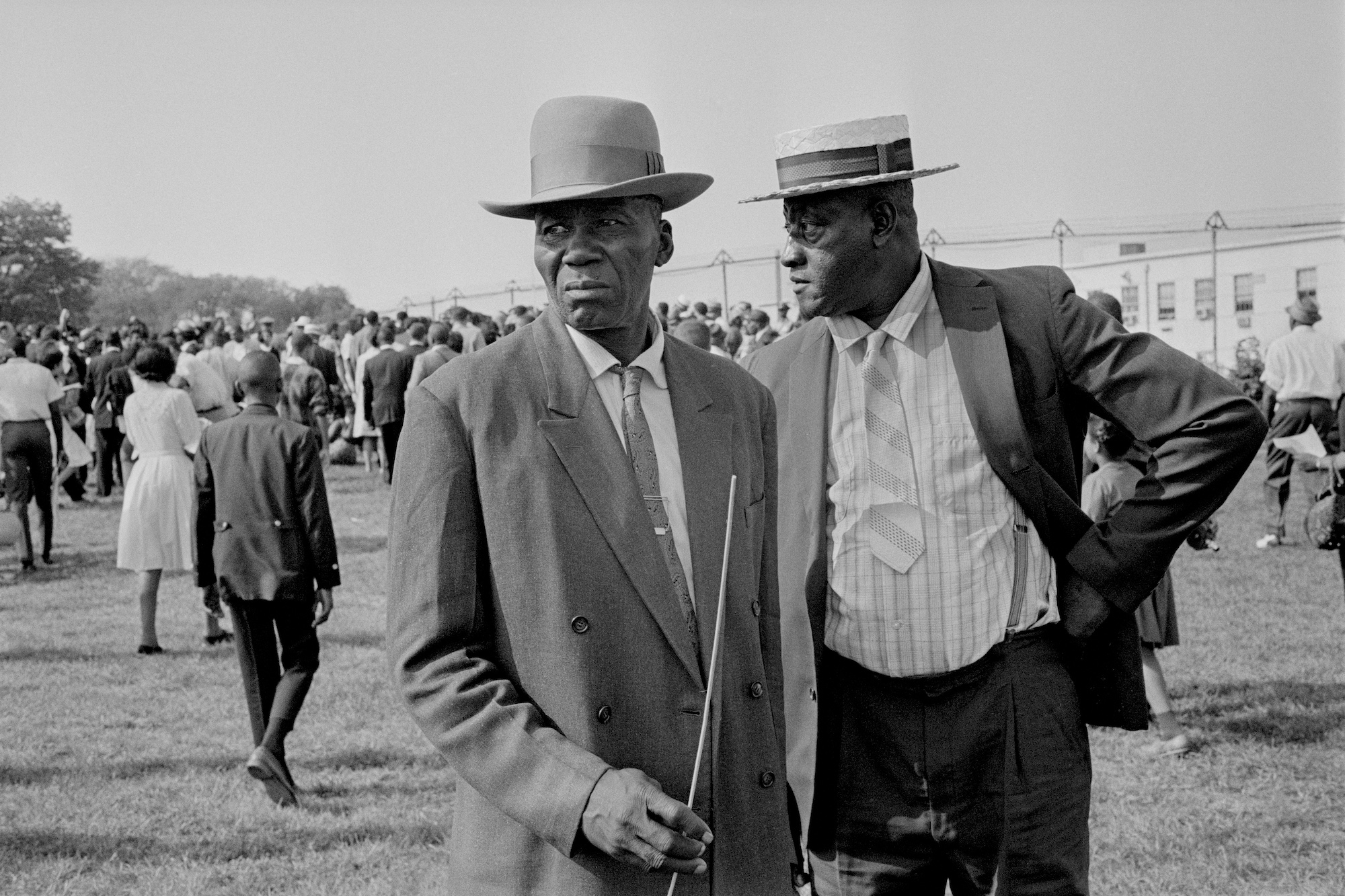

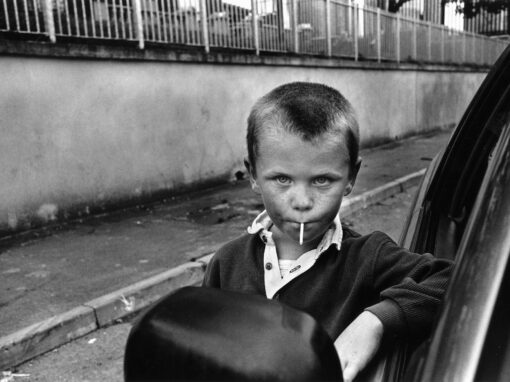
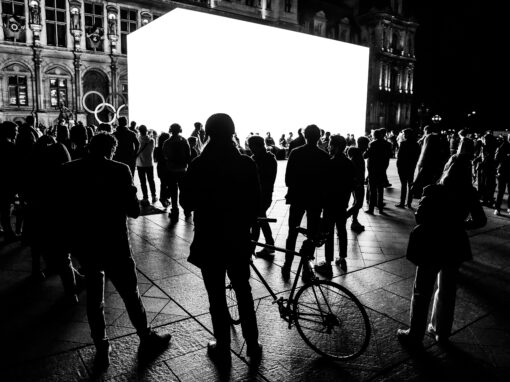
David Loble
August 5, 2025 at 15:21
Scott, I became a fan of your writing and interviewing at the very beginning of Frames, but I admired Larry Fink before Frames. Who wouldn’t when exposed to his work? Thank you for your thoughtful and admirable review of this look at Fink’s lifetime of photography. My copy is due in 7 days but I will re-read your review until and after that date.
Many thanks for your contributions to my photographic “life”. DVGL